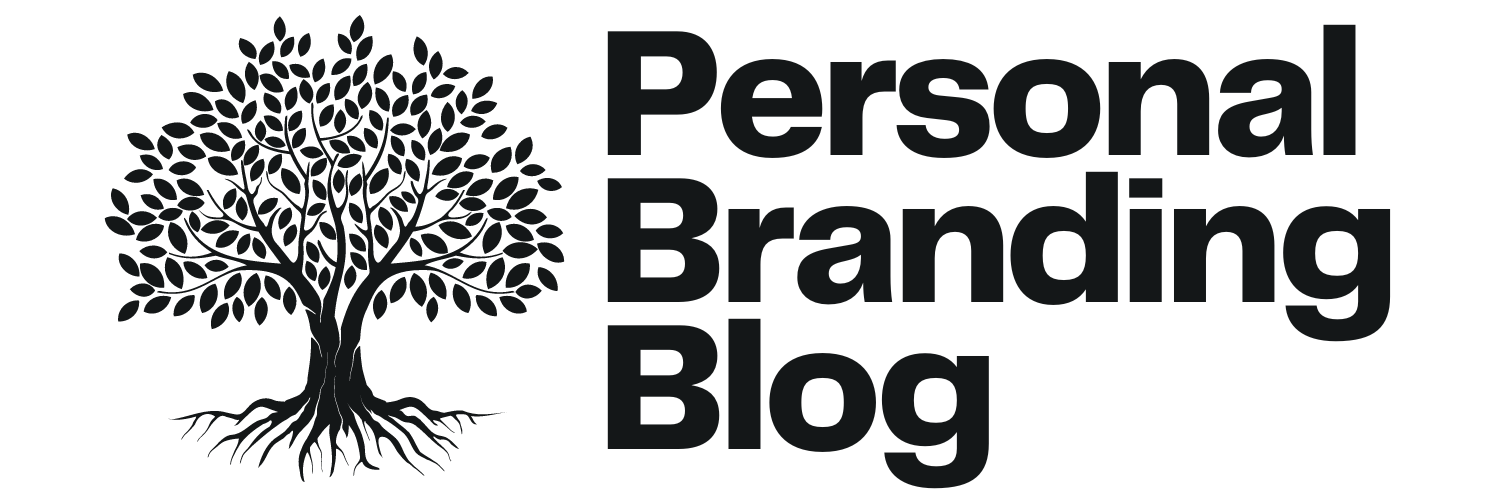Understanding the importance of internal linking in enhancing Search Engine Optimization (SEO) practices can be the key to improving your website’s visibility. This often overlooked aspect of SEO is a vital tool that enhances site navigation, distributes page authority, and improves user experience, eventually driving more organic traffic to your site.
Indeed, strategic internal linking plays an essential role in directing users to important pages, improving a site’s indexation by search engines and fostering better comprehension of the site’s content. This can be achieved by optimizing the anchor text, hence giving search engines additional context about the linked page’s topic.
If you’re a website auditor, no doubt you’ll agree that internal linking is pivotal in website recovery and enhancement. Addressing issues with internal links can lead to better Google indexing and higher site rankings. Key strategies include using appropriate anchor text, linking relevant pages, and maintaining balanced link distribution, all the while avoiding broken links and ensuring a streamlined user navigation experience.
But beware! One common pitfall is using non-descriptive anchor texts. Avoid generic call-to-actions and instead use specific phrases or keywords that precisely convey the linked content’s purpose.
Enhancing SEO with strategic internal linking
This simplifies users and search engines’ understanding of your content, improving content accessibility, searchability, and overall user experience.
Also, steer clear from anchor text cannibalization – using the same anchor texts across different posts could harm your SEO effort. To optimize your site fully, it’s vital to vary your anchor texts, ensuring each link contributes value to the user and the overall site hierarchy.
Not all links are equal. Excessive use of footer links, for example, may harm your site’s performance. Use links judiciously, focusing on their quality rather than quantity, to avoid adversely affecting your SEO rankings.
In conclusion, internal linking, although often underestimated, is crucial in web optimization. By ensuring a strategic approach and avoiding common mistakes, a significant boost in site visibility, improved user experience, and overall effectiveness can be achieved. Remember, internal linking is not just an option, it’s an essential element for site optimization.









